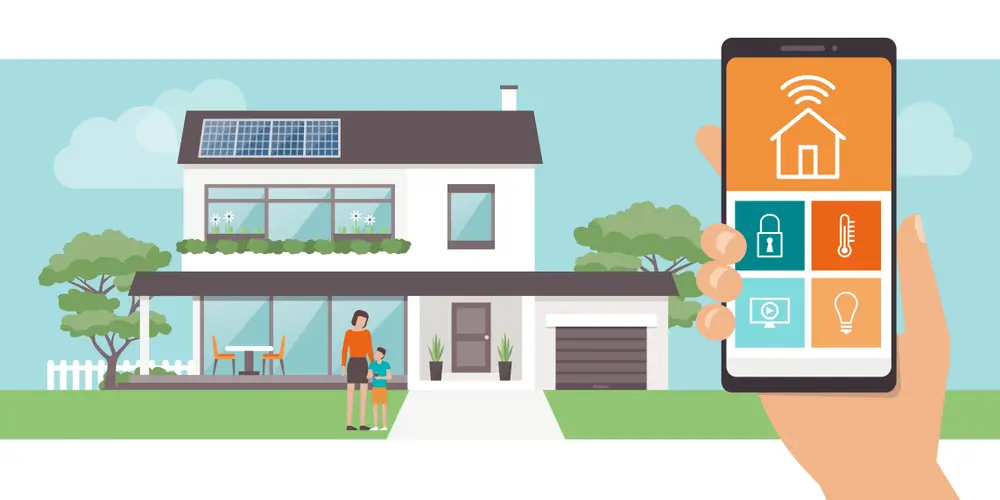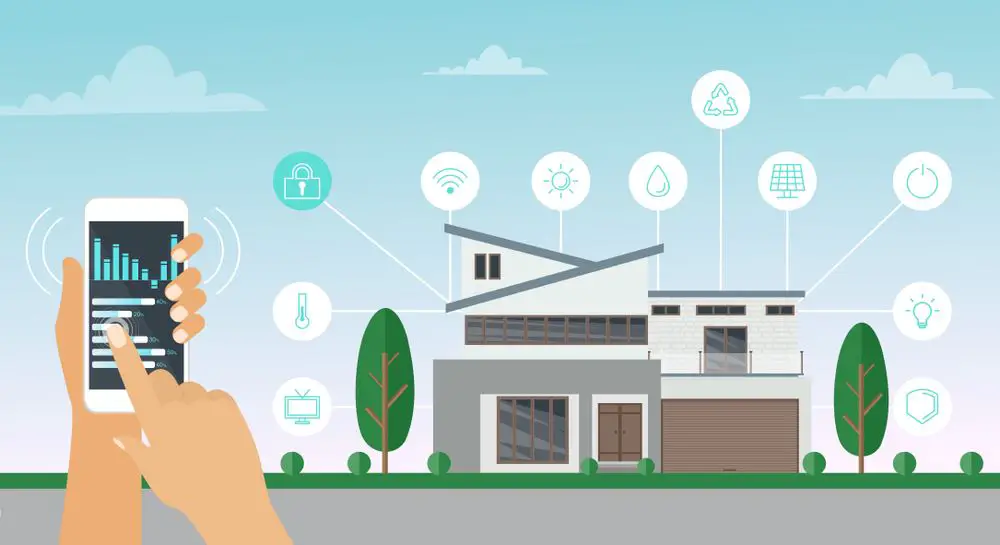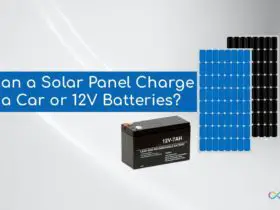The utilization of renewable energy is growing faster than ever, recently the tech giant, Google invested $2bn in renewable energy infrastructure. The two most common forms of renewable energy technologies in use today are solar PV panels and wind energy systems. Solar technologies make it possible to use solar energy for clean power generation and thus help the environment by reducing your carbon footprint.
Probably the reason you are reading this article is that you’ve installed solar panels and wondering how to monitor your solar energy production as well as your consumption. We’ve covered that all in this article.
It’s important to monitor your solar system’s operation as the data will help you in making various decisions, for instance knowing how your solar panels are operating will enable you to see whether they are a good investment or not. In order to make monitoring a hassle-free task automatic solar panel monitoring systems are developed that help you understand your system’s performance.
Using a solar monitoring system, you will be able to get real-time information and data about various aspects of the operation of your solar system.
What a Solar Monitoring System Offers?
If you own a solar PV panel and a solar energy storage system, here is what a solar monitoring system offers:
- Solar Energy Metrics
- Energy Production Information
- Energy Consumption Information
- Damage to Solar System
- Optimization of Solar Energy Usage
- Hardware Setting
- Efficiency & Long-term Usage Info
How Solar Monitoring System Works?

Generally, the solar monitoring system comes built-in with the solar system’s inverter. Separate modules are also available but all monitoring systems work through the system’s inverters.
When the inverter is converting DC (Direct Current) from the solar panels into AC (Alternative Current), the solar monitoring system collects the data about production and power levels during this process. This data and information are then sent to a cloud based-based monitoring system and its related applications and platforms.
Also Read: Can Solar Energy Be Stored?
Then you can use your smartphone or any other gadget you may have for accessing this information about your solar system. On-site monitoring systems can also be installed when necessary. Systems with cellular capabilities can be installed when you want to access the information without a Wi-Fi connection (no internet access) through the cloud. However, some solar panel monitoring systems won’t run without a Wi-Fi connection.
Various Solar Panel Monitoring Methods
You can use various available devices to monitor solar power production, consumption, and performance. Some of these methods of solar power monitoring include:
#1 Inverter to PC Connection

You can download free software from your manufacturer’s website and install it on your PC for monitoring. Then simply connect your PC to Inverter using a Bluetooth connection or through a CAT5 cable. This is a cheap and good method especially when you want to log the data.
#2 Inverter to Smartphone Connection

Using this method, you simply connect your smartphone via Bluetooth to monitor the data and change the profile settings for your inverter. The method allows for wireless solar energy monitoring. Also, depending on your settings and available features, you can remotely view data using an internet connection or via text messages (SMS).
#3 Inverter to Monitoring Display Unit Connection
Perhaps, this is one of the earliest methods for monitoring solar panel system data. This method allows you to collect info from one or several inverters which are inter-connected via Bluetooth or CAT5 cable to a display unit. The data in this method is also collected via a Bluetooth connection or through a CAT5 cable.
Also Read: What Can Solar Energy Be Used For?
#4 Inverter to Router Connection (Internet-Based Monitoring)
In this method, you basically insert a card into your inverter and then connect it to a router to send the data online, which makes it accessible on the internet. Then, the user can conveniently access the data remotely through an online platform or a dedicated website. In addition to its advantages, this system will have extra charges for the inverter and card.
Using monitoring systems will help you be aware of the daily functions, outputs, and consumption of solar panels. It also helps you to see whether the investment you’ve made is viable and as well as if there are any ways that you’re losing energy.
What do you think about solar monitoring systems? Share your thoughts in the comment section below.




![Types of Engineers and What they Do [Explained]](https://www.engineeringpassion.com/wp-content/uploads/2022/04/types-of-engineers-and-what-they-do-280x210.jpg)








Leave a Reply